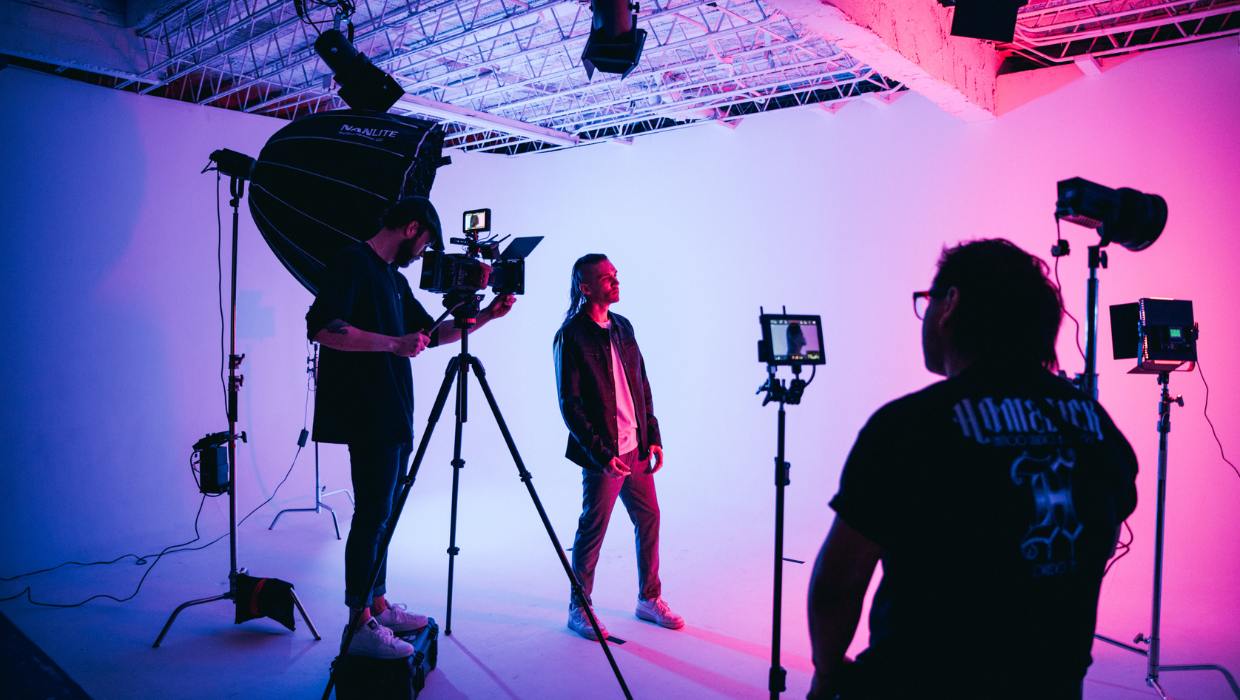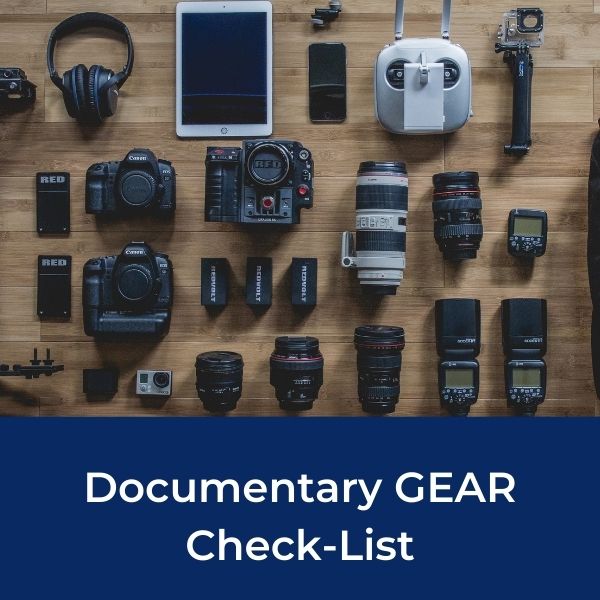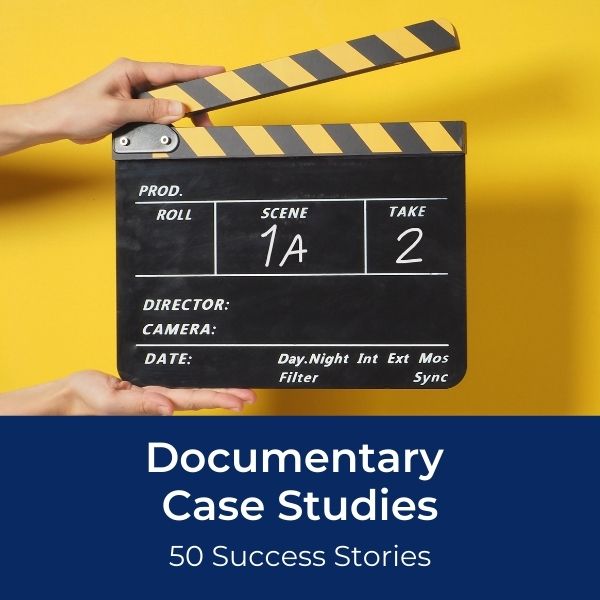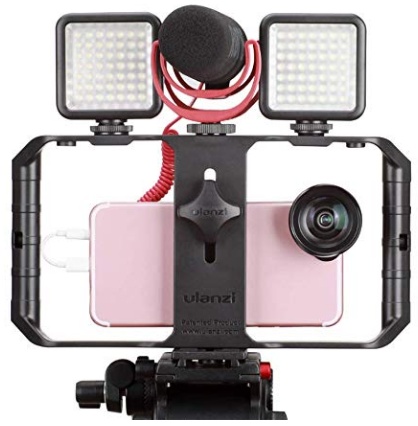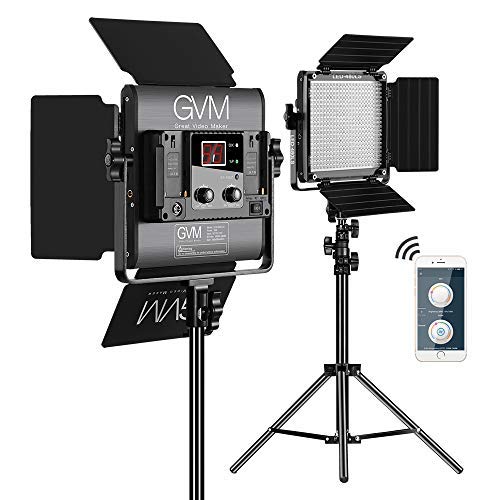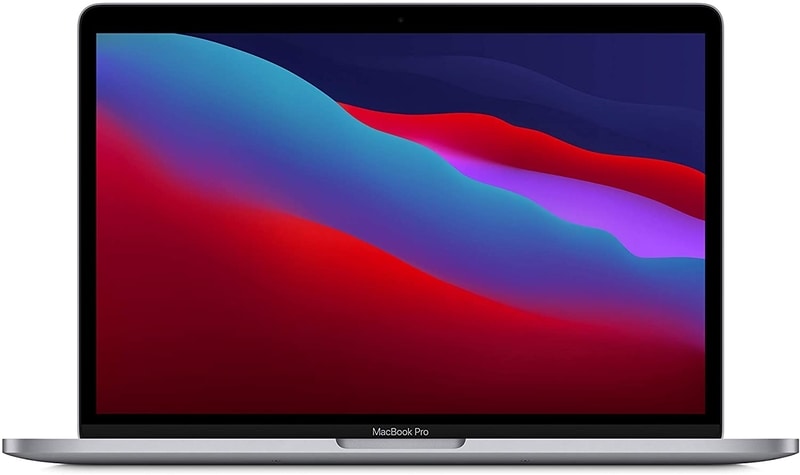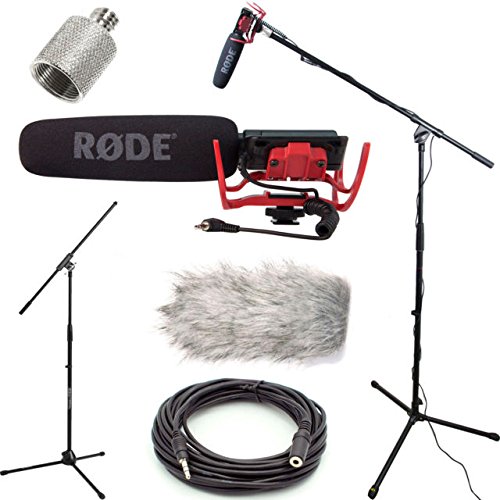12 Tips for a Seamless Documentary Production
It’s often said that film producers thrive in chaos.
While that is certainly true for some producers, the best producers are actually the ones who make the chaos disappear.
If not totally, at least for everyone around them!
Producing a documentary is all about preparing for the unexpected.
If you’re about to start filming your documentary or someone else’s, there are ways you can prepare that will make your job as the producer easier.
Here are 12 tips for a seamless documentary production.
TIP #1: Hire the best documentary crew.
A seamless shoot all starts with your production crew.
These are the people you'll be working with day in and day out - so, spend some time deciding who you want on your team and why.
Are you producing a full-time shoot over 6 months or a part-time production on the weekends?
TIP! You'll need to know your production timeline when approaching filmmakers to work on your project.
There are many ways to go about finding and hiring crew members.
Read our guide to hiring the best documentary crew.
In most cases, you'll be looking to hire between 3 and 10 crew members.
Learn the four documentary crew roles that every production should prepare for!
TIP #2: Contracts, contracts, and more contracts...
The quality of the contracts you write will determine your clarity of mind when working with others.
Get all crew responsibilities in writing and have your collaborators sign a contract agreeing to their participation in the shoot - BEFORE you start filming. This applies for paid and unpaid work! A simple contract will help protect ownership of the project should a rights problem arise in the future.
Check out our Legal Forms Multi-Pack which includes a Crew Deal Memo template.
TIP #3: Get on the same page with your director.
This is probably the most important step of pre-production. Remember that you are the director’s right hand…and sometimes their left hand, too!
Your director will be absorbed in conducting interviews, finding the story, and getting the shots they want. So, before you go out to film, do take the time to talk with your director about what exactly they are going for - in terms of story, style, approach, etc.
In the below video, Emmy and Peabody award-winning documentary filmmaker Laurens Grant describes in a nutshell the relationship between director and producer:
"The director is responsible for the creative vision. But the producer is responsible for executing the vision."
Watch this great roundtable from the Producers Guild of America to get a better idea of the role of a producer:
TIP #4: Confirm all interviews and locations.
Triple check your location permissions in the days prior to your shoot.
Are you shooting on private property? Will you film the faces of passersby? Confirm the locations you plan on filming and ask permission in advance.
Make sure to get a location release and bring release forms for your interviewees, too.
TIP #5: Get the right gear.
First-time producers might think they need to impress with expensive cameras and gear.
But the reality is, renting (or buying) a lot of equipment could max out your budget.
Talk with your director (see Tip #3) to figure out what kind of gear you need for the kind of film you are making.
TIP! This documentary gear checklist is a great starting place.
And remember - never pack up your gear before running a few tests.
Days ahead of your shoot, film something using the setup or rig you plan to use on the shoot. Then, download that material onto your computer to make sure it recorded correctly. Also check lenses, adapters, and lights.
In addition to checking video and sound, make a detailed list of all the gear you will bring along the shoot. This includes tripods, tape, lights, EVERYTHING!
Check that you have each item before and after each new location, even if you don't use everything.
Filmmakers interested in using an entry-level Cine camera should check out the above video for additional help building their gear list!
TIP #6: Make a production schedule.
It's helpful to outline a production schedule for each day of the shoot. This can be a simple spreadsheet including the approximate hour of filming, the location, crew members, gear, and shot list.
Learn how to make a documentary shot list.
An accurate production schedule will be required for Tips #7 and #8!
TIP #7: Have funding lined up.
Running out of money is one way to create suspense in your documentary.
Just kidding!
That's the last thing you want to see happen during your production.
And as the producer, it's on YOU to make sure it doesn't.
With all the documentary expenses such as gear costs, crew pay, food, travel and board, you might be feeling the pinch before you even outline your production schedule.
This is all the more reason to have funding lined up before you start filming.
It may take you some time to figure out your film's funding, so get a head start with the following free resources:
- 10 Sure Fire Ways to Raise Money for Your Documentary
- Documentary Fundraising: Steps To Finding Money For Your Film
- How To Create An Accurate Documentary Budget
TIP #8: Get production insurance.
Most documentary filmmakers take out a short-term insurance policy against General Liability.
This type of insurance, typically ranging in cost between $500 and $1,000, covers your production in the case of injury to people or property while filming. It happens!
Learn all about the different types of production insurance for documentary filmmakers.
If you are renting equipment, be prepared to pay insurance on top of your day rate (many rental houses offer in-house insurance that you can tack onto your bill).
Lastly, it goes without saying that film producers must keep their eyes and ears open at all times. Be aware of any funny business, dangerous environments, or inappropriate situations. Speak up if anything seems off.
Take a look at the below video for an overview of general liability production insurance in the United States:
TIP #9: Take notes on set.
Bring along a small notebook or your Notes app and jot down information such as names, times of day and key contacts… even bits and pieces from interviews or your observations throughout the shoot.
This information will be extremely helpful after you’ve finished filming and you have to piece together hours of interviews and b-roll.
TIP #10: Budget your cash flow.
Keep a detailed log of all of the money coming in and out - before, during, and after production. This is very important for staying on budget and avoiding confusion over who paid what and when.
Get a FREE Documentary Cash Flow Worksheet
TIP #11: Snap lots of BTS photos and share them online!
Don't forget to snap Behind the Scenes (BTS) photos throughout your documentary shoot.
You will need them for the following:
- To build excitement for your film on social media.
- As visuals in your film's press kit or in funding applications.
- For articles and interviews published about your film.
- And of course...the memories!
TIP #12: A happy crew = a completed documentary.
Making a film is tiring. Keep your crew members happy, fed, informed and supported throughout the shoot so everyone can focus on doing a great job and making a good documentary.
If you treat your collaborators with respect and appreciation, they'll be more willing to see your film to the end!
Documentary Resources
Top Smartphones for Filmmaking
Ready To Make Your Dream Documentary?
Sign up for our exclusive 7-day crash course and learn step-by-step how to make a documentary from idea to completed movie!
